The largest cornflower - beauty and benefits
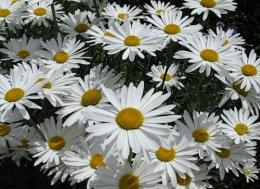
Many amateur gardeners prefer to grow the largest cornflower on their plots, considering this plant to be noble and very beautiful. And indeed, its flowers and aroma can become a real decoration of any garden. A fairly unpretentious plant that is easy to propagate and care for.
Content:
- Largest cornflower - characteristics
- Planting and caring for the plant
- Properties and applications in medicine
Largest cornflower - characteristics
This the plant is perennial. It is distinguished by a large number of branched stems. Basket flowers have a yellow center and double white oblong petals. The leaves of the plant are basal, dark green, crenate. The height of individual plants can reach 80 cm; on average, nevus grows in bushes of about 30-50 cm.
Many people call nivaria chamomile. But this is not true. They look similar, of course, but they are 2 completely different plants. They differ from each other in several ways:
- Inflorescence size. Nielberry inflorescences are much larger than chamomile inflorescences.
- Leaf shape. Chamomile leaves are thinner and more delicate and consist of several divided stems. Nivyanik, on the other hand, has denser and stiffer leaves. They are not separated and have a solid structure.
- The structure of the stem. Chamomile is a fairly branched plant. There are several inflorescences on one stem. In Nielberry, on the contrary, one stem corresponds to one inflorescence.
- Growing period.Despite its similarity, we should not forget that chamomile is still an annual plant, unlike perennial cornflower.
- Biological differences. Any botanist can name a large number of differences not only in appearance, but also in development, growing conditions, and reproduction. However, both chamomile and cornflower still have minor similarities; they are often called distant relatives.
Planting and caring for the plant
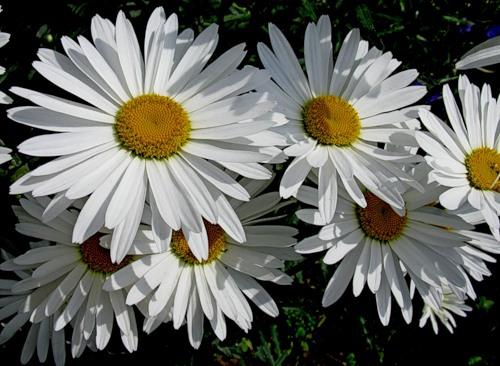
At choosing a landing site nivyanika should take into account several key points:
The soil. For this plant, soil is not a fundamentally significant factor. It successfully takes root on the most infertile soils. But, if possible, it is best to choose non-acidic, black soil areas.
- Lighting. When choosing a site for planting cornflower, you should not forget about its love for light. The area should be well lit. With a lack of sunlight and warmth, the nivaria inflorescences will be small and stunted.
- Humidity level. Nivyanik does not like large amounts of moisture. In wetlands, it is attacked by various fungal diseases.
- Reproduces in several ways:
- Seeds. It is best to plant seeds in March in boxes with well-warmed and moist soil. Then the grown plants are planted in open ground. This usually happens in late April - early May. Can also plant cornflower seeds in the fall. They tolerate winter well and the first shoots will appear in April.
- Cuttings. In order to properly propagate a plant, you need to know which cuttings are best suited for this. You should not choose flowering stems of the plant; they will withstand a period of getting used to the soil.
- Division. The process of dividing a plant is quite simple.An adult bush is dug up and the rhizome is divided into several parts. Each resulting bush can be placed in the ground as an independent plant.
- The process of dividing the cornflower is also recommended to be carried out after 2 years of continuous growth of the plant. Despite the fact that the cornflower grows independently for several years, by the third year of life its inflorescences significantly decrease in size. And division allows you to distribute one plant over a larger area. Nivyanik does not like cramped spaces.
Plant care consists of regular watering. Nivyanik is considered drought-resistant. It tolerates heat and dry summers well. But its flowering will not be as lush as with regular watering. To extend the flowering period and life of each plant, you can use fertilizing - organic and inorganic.
Dried flowers are cut off to develop new, younger and stronger ones and give an aesthetic appearance to the plant. Following these simple rules will allow you to make the nivaria a real decoration of any garden plot for many years.
Properties and applications in medicine
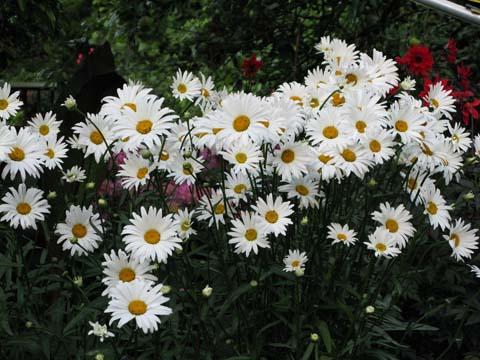
To use nevberry for medicinal purposes Its dried flowers, leaves and stems are used. They are collected during the period of intense flowering. The widespread use of cornflower in medicine is due to the large number of its beneficial properties.
The composition of the nivyanika includes:
- Alkaloids. These are substances that are known for their analgesic and hemostatic effect. They normalize the functioning of the cardiovascular and central nervous systems.
- Inulin.It is responsible for coordinating the work of the digestive tract, cleansing the body of waste and toxins, is beneficial for the absorption of calcium in the body and strengthening bones, increases immunity and normalizes metabolism in the body.
- Fatty oil. Promotes healing and tissue restoration, eliminating inflammatory processes.
- Vitamin C. Participates in the process of strengthening the immune system, fights viruses and microbes.
- Carotene. Responsible for the normal functioning of the hematopoietic and circulatory organs, helps restore optimal balance in the body.
The beneficial properties that the plant has allow it to be used in folk medicine to treat many diseases. The leaves and stem are used to treat colds, diseases of the digestive and respiratory organs, and as a restorative and healing agent for hemorrhoids. The leaves can also be used in salads. Their spicy aroma helps normalize appetite.
Infusions from the flower can be used both externally and internally. When used externally, cornflower promotes wound healing and skin regeneration, disinfects and relieves pain. It can be used internally as a diuretic. You can also use nivberry flowers prepare a decoction, which are very useful for gastrointestinal disorders. It is even used in the treatment of colic in children. Flowers can be pickled together with vegetables for the winter, and also added to enhance the taste and aroma of food - soups, salads, main courses.
From a mixture of stems, leaves and flowers, you can prepare an ointment, which is an excellent remedy for skin care, relieving it of dryness, rashes, and is also used to treat various skin diseases.
Thus, cornflower is not only a wonderful decoration for a garden or vegetable garden, it is also distinguished by its medicinal properties. Many gardeners prefer the largest cornflower, as it not only creates unique and sophisticated beauty in the area, but is also beneficial for the whole organism.
Watch the video to see the difference between nevus and chamomile:
Interesting information about the vegetable garden

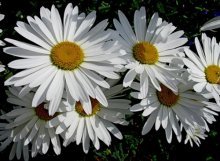
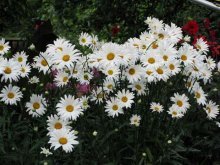
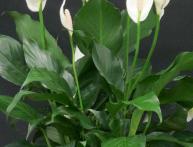
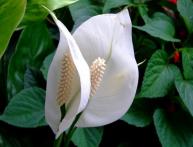

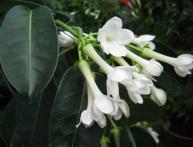
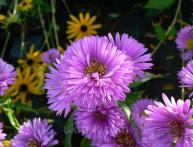

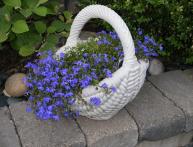

Comments
A very beautiful flower, I didn’t know that it also has medicinal properties. Quite often I see cornflower in gardens; it is undoubtedly popular.